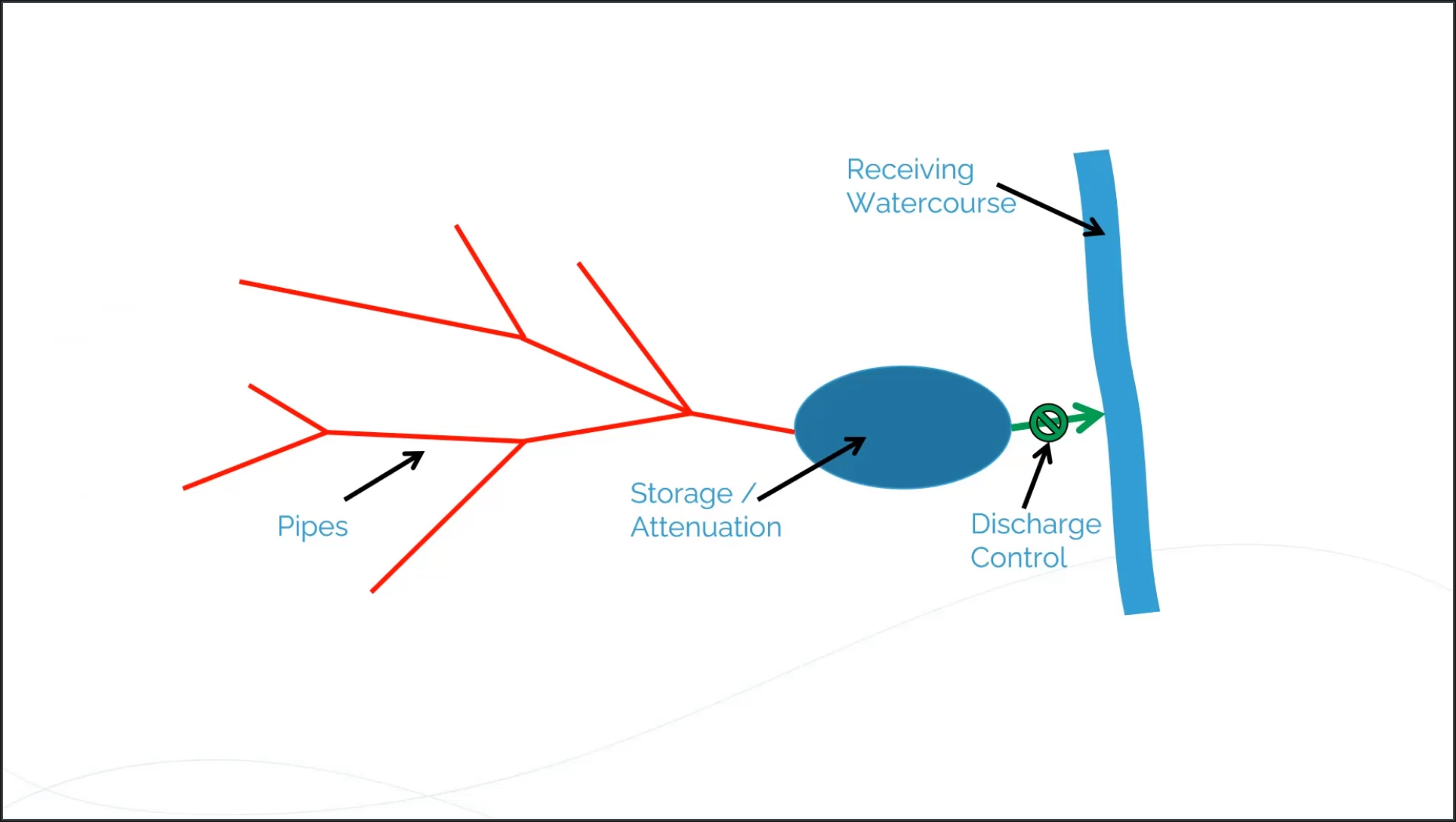& Construction

Integrated BIM tools, including Revit, AutoCAD, and Civil 3D
& Manufacturing

Professional CAD/CAM tools built on Inventor and AutoCAD
When you design a drainage system, you must often meet certain requirements that limit the discharge from the new design, into whichever receiving water course it discharges into. This could include rivers, streams, or another pipe network.

A common design criteria is the so-called “no detriment” theory, which states that once a drainage system is developed, the discharge from it should not be any greater than what it was before it was built. InfoDrainage can calculate what those pre-development discharge levels are so you can make a post-development comparison.




It is worth noting that the most common value used in runoff studies is the QBAR Urban value, which represents the discharge rate you are allowed in your drainage system. This provides good design criteria to prevent detrimental effects downstream, so in this example, the discharge from the site would be limited to 16.1 l/s.